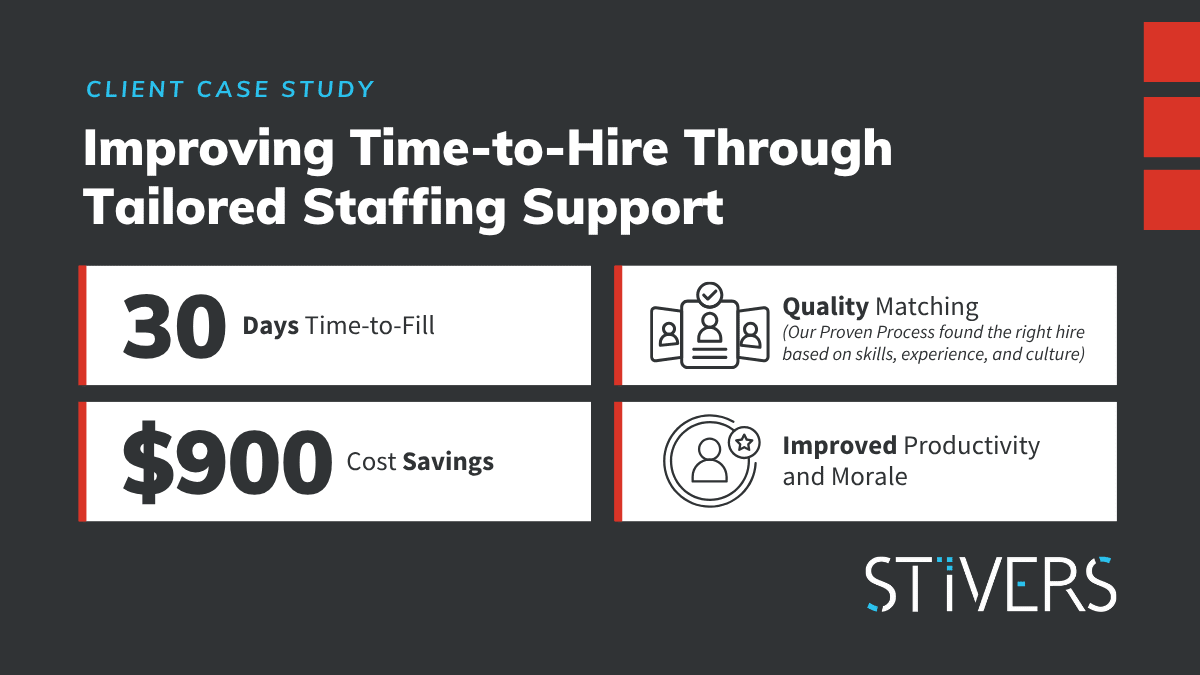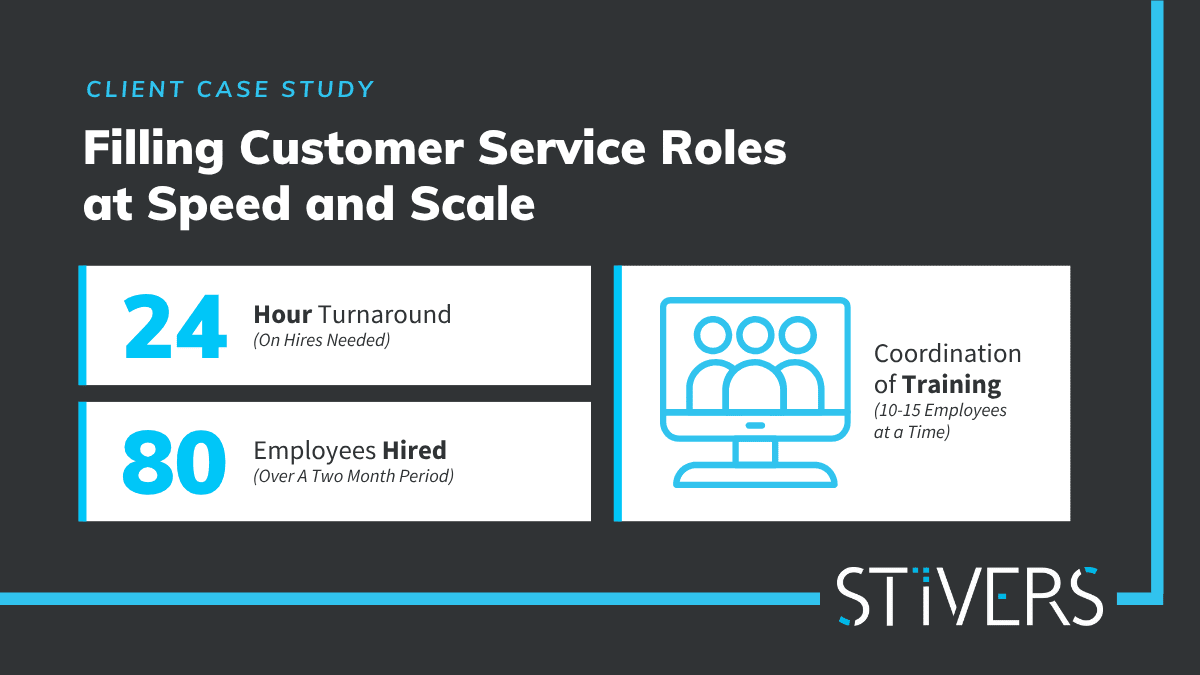It’s obvious that we’re experiencing an evolution of the workplace dynamic. But in the face of change, our rituals can be the ties that bind. Often cherished beyond explanation, these company customs bring us together in a way that no amount of meetings can, virtual or otherwise, and make us feel connected in a way that we, as humans, need to thrive
What are rituals, and why do they matter?
Defined as a sequence of activities performed according to a prescribed order, a ritual defies logic and means something much more than the act itself. In sports, who can forget the decades of seeing Notre Dame football players slap the “Play Like A Champion Today” sign on game day, Big Papi’s hand-spitting clap each time he stepped up to the plate, or LeBron’s iconic chalk toss? But the question remains, why?
Rituals calm the mind and give us a sense of comfort. For these athletes, they provide order in a time of high anxiety, which ultimately leads to improved performance. And when those rituals are shared, they become even more powerful. The increased feelings of positivity and connection to something larger than ourselves lead to team cohesion, a feeling of belonging, and you guessed it, better performance.
Rituals are not just for athletes.
Within the staffing and recruiting industry, there are numerous examples of workplace rituals that have stood the test of time. The ceremonial “cutting of the tie” was the standard operating procedure when you made your first placement. Maybe you “rang the gong” or did the “placement dance” when you closed a big deal. Or maybe you had an “Easy Button” sitting on your desk to press when you filled the order in one phone call.
With the shift to a more hybrid workforce, we may have to re-think some of these rituals, but they remain more important than ever. There’s a whole generation of workers coming up who value culture and connectedness above all else. Combined with unprecedented hiring and retention challenges, rituals can help bring your culture – and values – to life for every member of your organization, regardless of whether they’re in the office or at home.
So what’s next?
In these times of unprecedented change, we encourage you to take a look at your company rituals. Have you let that weekly team award slide as meetings moved remotely? Is the Friday team breakfast harder to maintain with flexible schedules? Evaluate which rituals should be championed or maybe re-introduced, which need to be adjusted, and where you might need new ones to reflect current company values and workplace environments. Armed with this information, you can start building a culture of belonging that keeps employees feeling valued and more connected to the team’s collective success. And maybe put that Easy Button back on your desk — couldn’t we all use that right about now?






